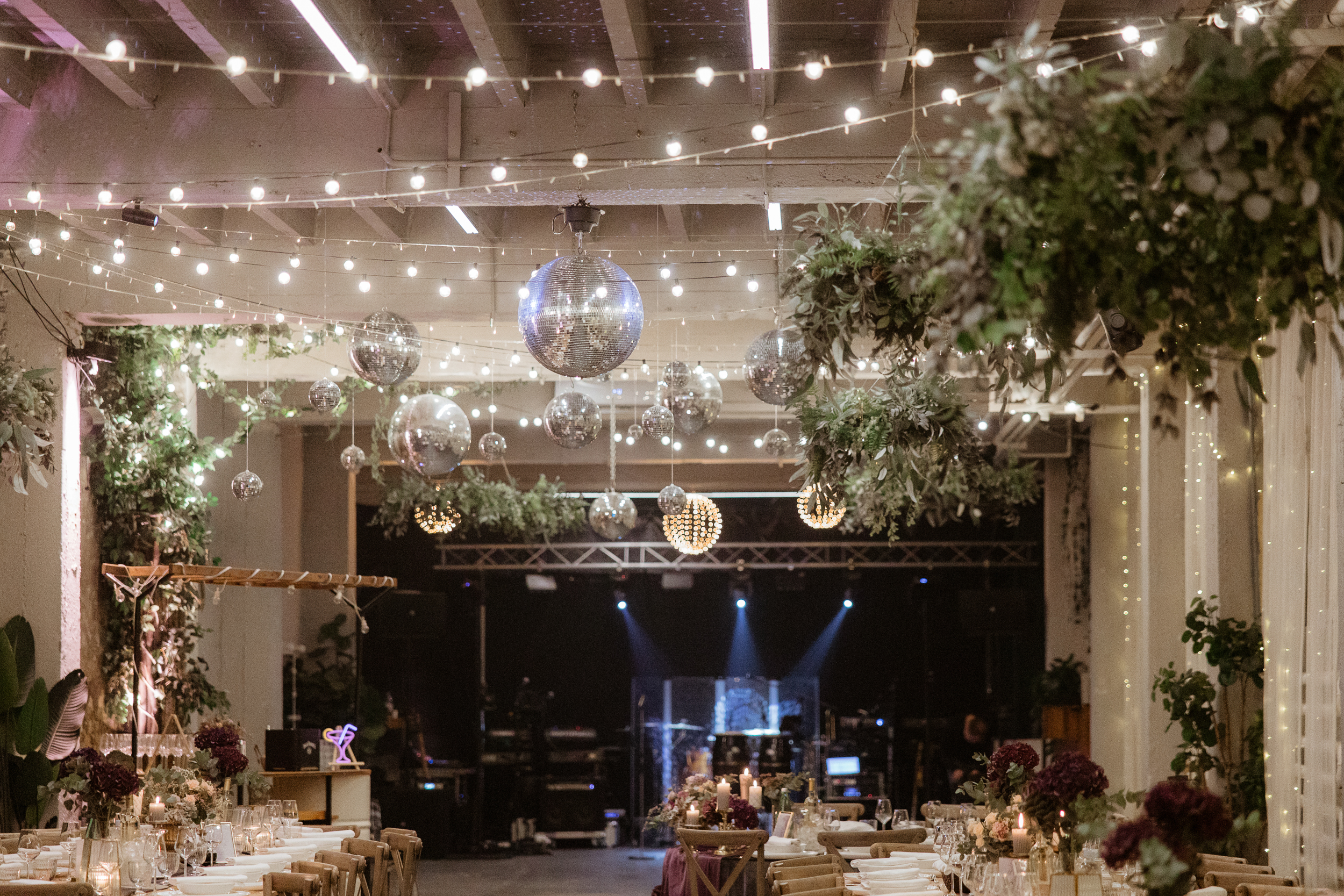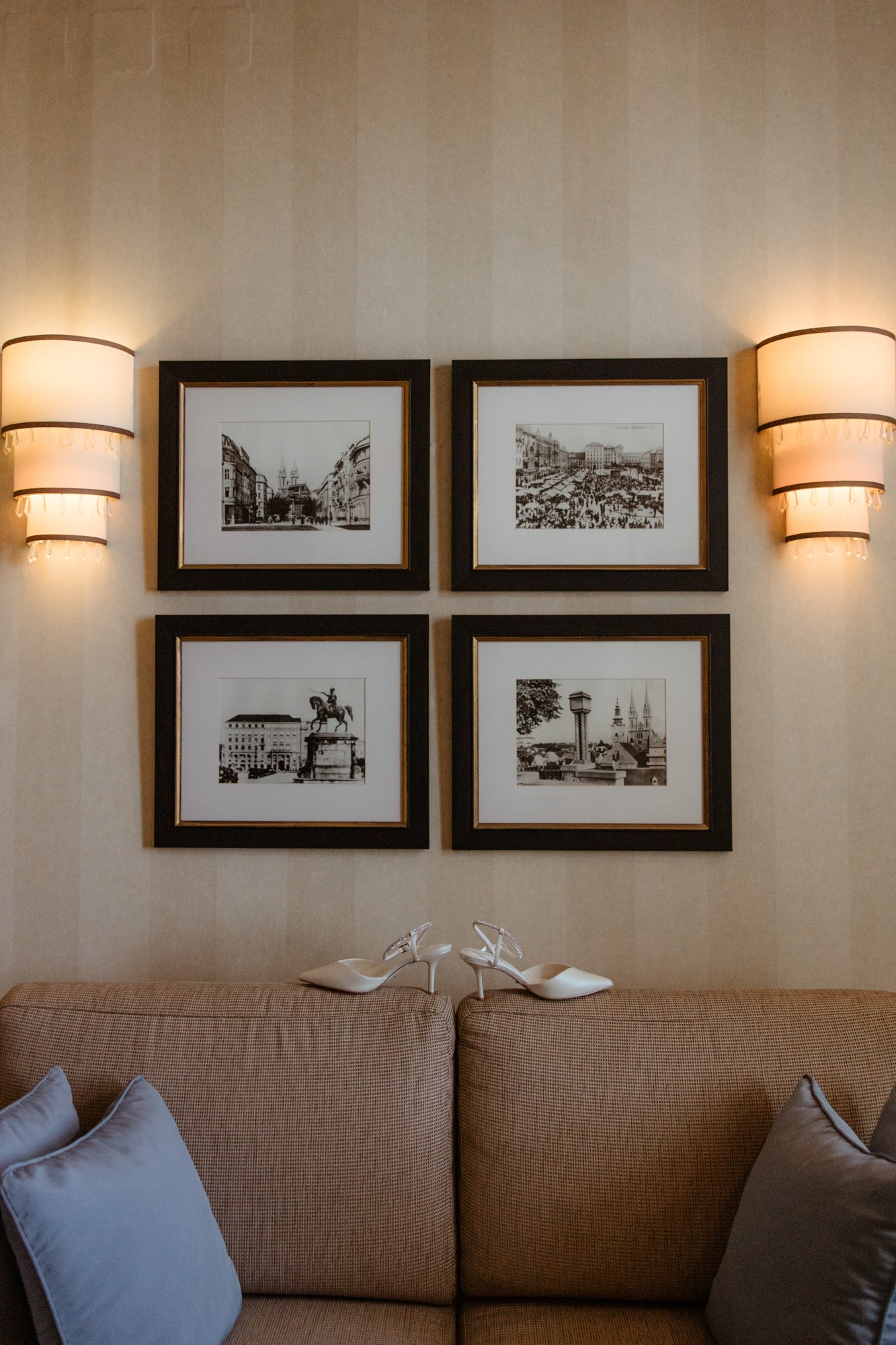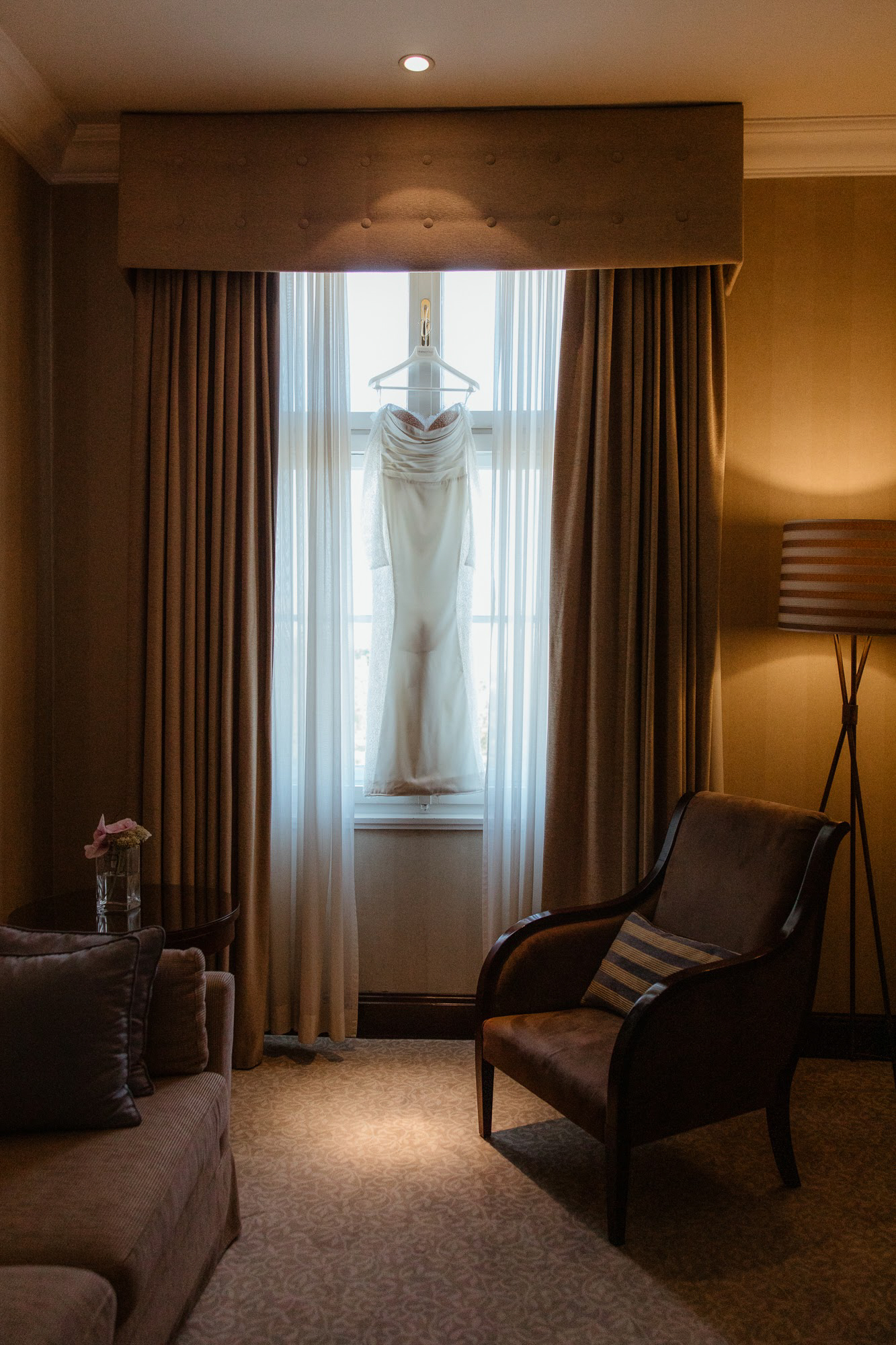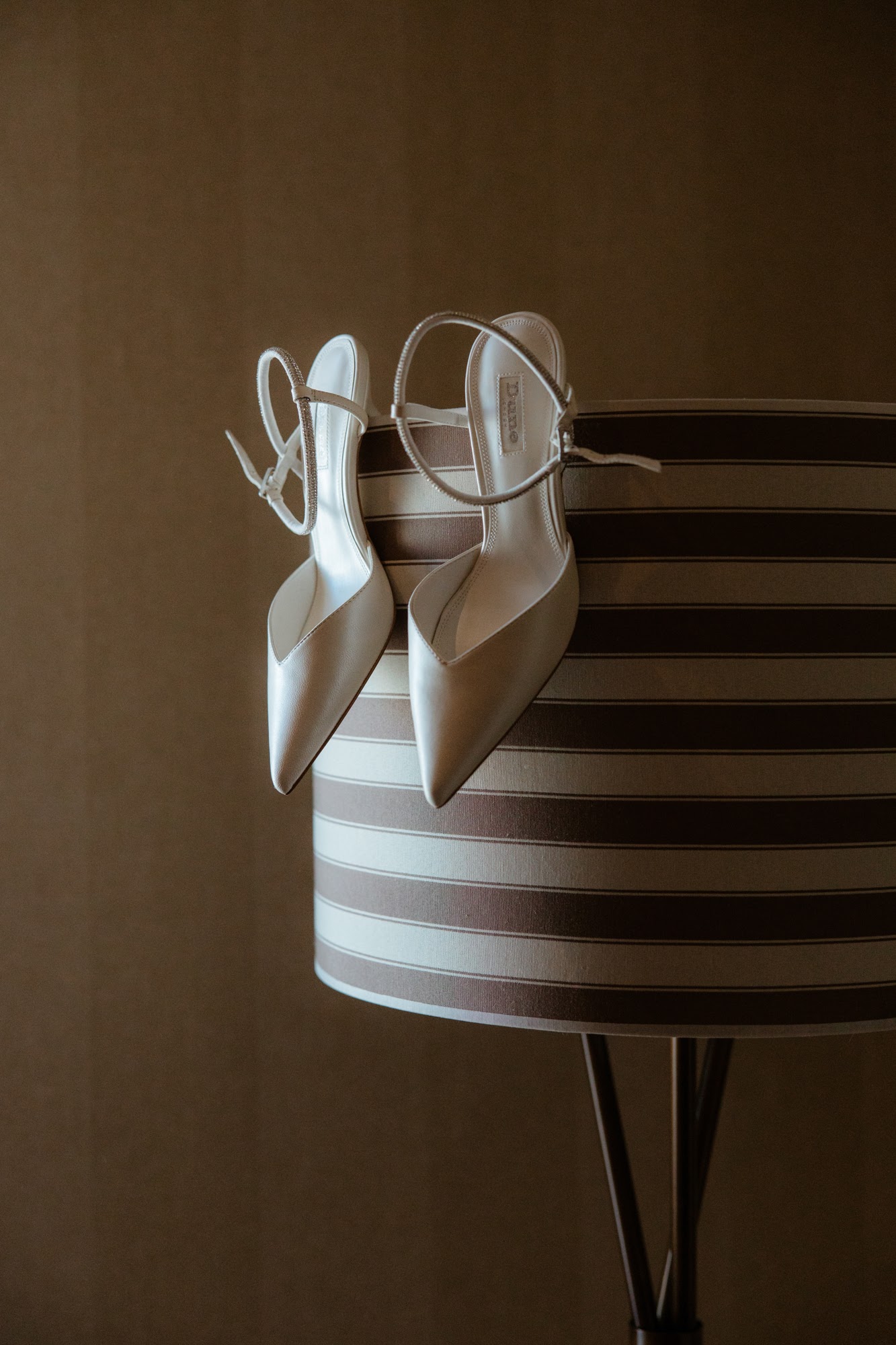
Your wedding day is one of the most important and memorable days of your life, and capturing those moments is something you’ll cherish forever. As your wedding photographer, I aim to tell the story of your special day through photos, but to ensure everything runs smoothly and you get the best photos possible, it’s important to prepare a few key details. Here’s a checklist of things to keep in mind to help me document your wedding day in the most beautiful and stress-free way.
1. Wedding Timeline
One of the most important things to provide your photographer is a clear wedding timeline. It’s essential to outline the schedule of events for the day, from the moment you’re getting ready to your grand exit. This helps your photographer know when and where to be at all times so that no key moments are missed. A timeline also ensures that we can plan for the best lighting, especially for portrait sessions, and know when to expect your ceremony, reception, and other special moments.
2. List of Important Moments
While your photographer will always be on the lookout for special moments, it’s important to provide a list of any specific events or people you want captured. This could include details like a first look, the bouquet toss, or photos with grandparents. You can also list family members or friends that you’d like to have individual or group photos with.
3. Locations for Portraits
If you have particular locations in mind for your portrait session, let your photographer know in advance. Whether it’s a picturesque outdoor spot, an elegant ballroom corner, or a specific landmark that’s meaningful to you, having a location in mind will help your photographer plan the best backdrop and make the most of the time you have for portraits.
4. Special Requests or Must-Have Shots
While your photographer will know all the usual “must-have” shots (like the first kiss or the cutting of the cake), you might have specific requests that are unique to your wedding. Perhaps there’s a special heirloom, a certain tradition, or a creative shot you’ve envisioned. Make sure to communicate these ideas ahead of time so that we can work together to capture your vision.
5. Getting Ready Details
The details during your preparation time set the tone for your wedding photos. Make sure your photographer has access to your getting-ready location and that you have your accessories (wedding dress, shoes, rings, and other important items) set aside for detailed shots. If you’ve planned a personalized touch to your attire, like something borrowed or blue, let your photographer know, so we can highlight those special details.
6. Vendor Coordination
Coordinating with your wedding vendors is key for a seamless experience. Make sure your photographer is in the loop about the key moments with your other vendors, such as the wedding planner, florist, and caterer. We can plan around the vendor schedules, ensuring no important moments are missed and that we work together to keep everything flowing smoothly.
7. Lighting Considerations
Lighting plays a huge role in photography. If your ceremony or reception is in a location that’s dark or has limited natural light, make sure your photographer is aware of this in advance. This way, we can prepare for any lighting challenges and bring the right equipment, ensuring the best possible results.
8. Unplugged Ceremony
If you’re planning an unplugged ceremony, let your photographer know! This means asking your guests to refrain from taking photos during key moments, such as the exchange of vows. Not only does this allow your photographer to capture the best possible images, but it ensures that your guests are fully present in the moment without distractions.
9. Family and Group Photo List
Family photos are important, and they tend to be a part of every wedding day. To make sure they’re captured efficiently and with the people who matter most, create a list of family members you want to have photos with. Share this list with your photographer and wedding planner in advance, so we can organize the group shots promptly during the wedding day.
10. Wedding Day Emergency Kit
Unexpected things can happen on your wedding day! Having an emergency kit for the bride and groom, or having one on hand for the photographer, can be a lifesaver. Include items like tissues, a lint roller, extra makeup, a hairbrush, and safety pins. Being prepared for any small mishap ensures that everything runs smoothly and keeps your photos looking pristine.
11. Post-Wedding Shot List
If there are any moments that you’ve dreamed of but that might come after the ceremony (such as a late-night dance, fireworks, or other special moments), it’s important to give your photographer a heads-up. We’ll want to capture these moments while they happen, and sharing the details with us in advance ensures that no moment goes undocumented.
By taking the time to go over these details with your photographer ahead of time, you’ll ensure a smooth, stress-free day and receive photos that capture the true essence of your wedding day. Every couple’s wedding is unique, and understanding your preferences helps us create a personal and unforgettable experience. If you’d like help organizing these details or have any questions, feel free to reach out! Let’s make your dream wedding a reality!



